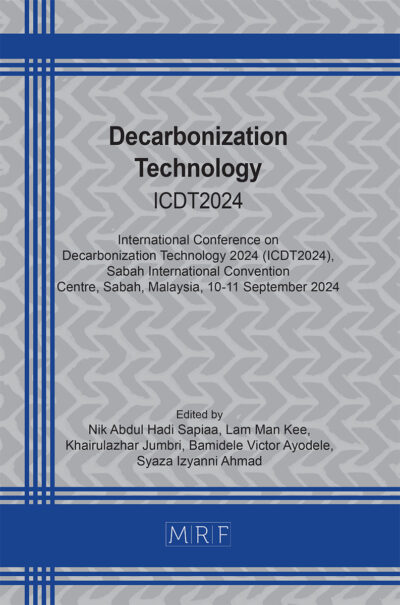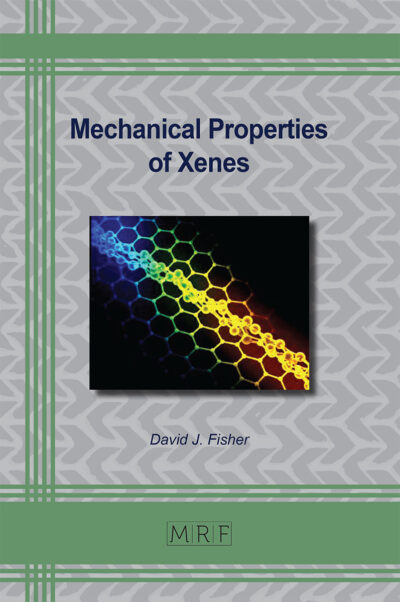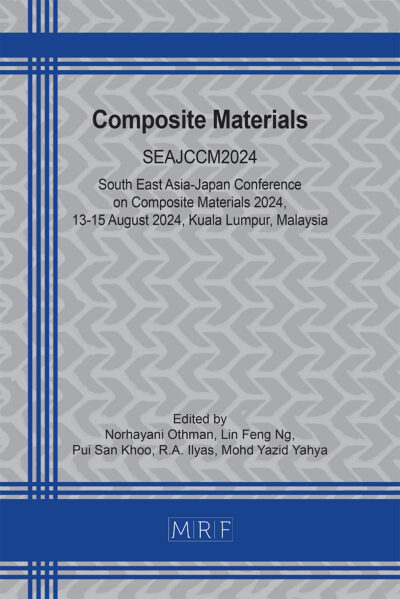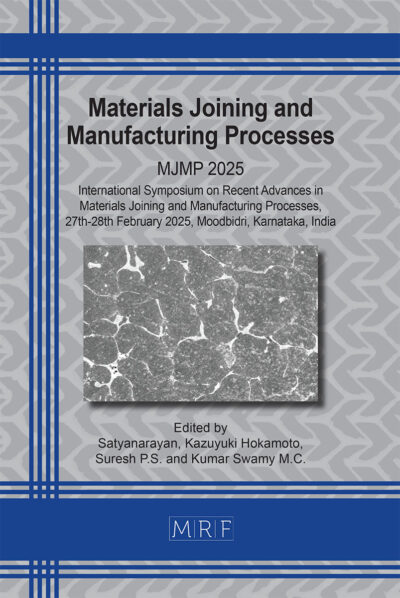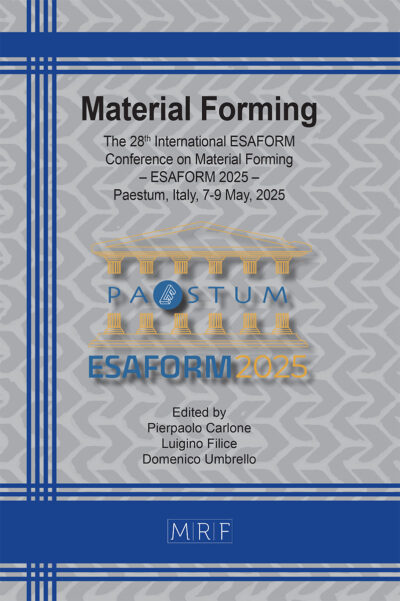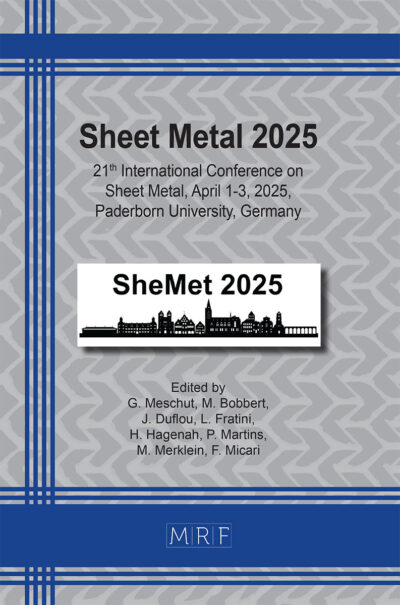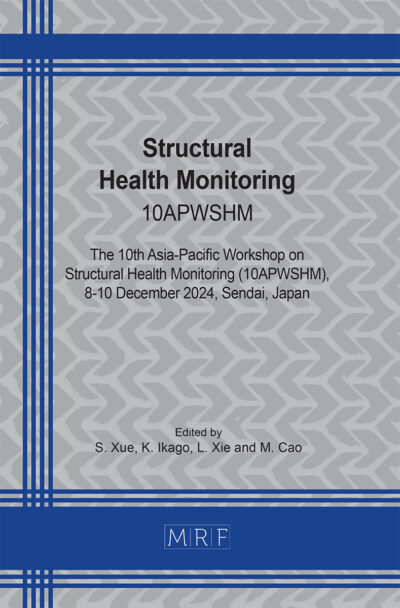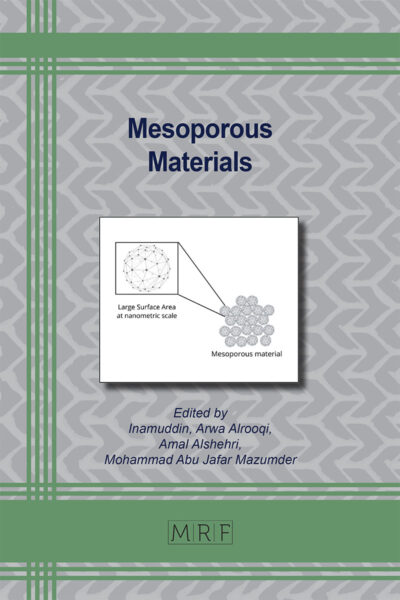Investigating the role of ionic liquids in CO2 electrochemical reduction: AI meets quantum chemistry
FASEE Ullah, SULAFA Abdalmageed Saadaldeen Mohammed, RABEEA Jaffari, WAN ZAIREEN NISA Yahya, MANZOOR Ahmed Hashmani
Abstract. Recently, ionic liquids (ILs) have garnered remarkable attention as electrolytes for CO2 electrochemical reduction (CO2ER) due to their unique properties viz. thermal and chemical stability, good CO2 solubility, and their potential to reduce overpotential. While many researchers have explored the catalytic performance of ILs in CO2ER, a comprehensive understanding of the parameters affecting the catalytic performance is still absent. Experimental methods for evaluating the catalytic performance have limitations, given the unclear understanding of the reaction mechanism. Recently, Artificial Intelligence (AI) methods have gained increased attention across diverse applications including chemical engineering. These methods play a pivotal role in extracting insights, understanding patterns, and mitigating uncertainty within datasets. In this study, we leverage AI for investigating the critical factors affecting the CO2ER catalytic performance via Gibbs free energy and capacity. We formulate a novel dataset of 30 electronic and geometric properties of 90 ILs using the Conductor-like Screening Model for Realistic Solvents (COSMO-RS) and TURBOMOLE. Despite the conventional literature that emphasizes the impact of anions on CO2 solubility and the conventional association of cations as co-catalysts proximal to the negatively charged electrode, our findings underscore the indispensable role of anions, specifically those featuring Sulphur (S), Fluorine (F), and Oxygen (O), in influencing both CO2 solubility and catalytic processes, despite their relatively far distance from the electrode. Moreover, our study provides an explanation for the difference between solubility trends and catalytic activity, focusing on interaction types. These outcomes will contribute to the more effective selection of ionic liquids for CO2ER.
Keywords
CO2 Electrochemical Reduction, ILs, COSMO-RS, AI, Feature Selection
Published online 4/25/2025, 11 pages
Copyright © 2025 by the author(s)
Published under license by Materials Research Forum LLC., Millersville PA, USA
Citation: FASEE Ullah, SULAFA Abdalmageed Saadaldeen Mohammed, RABEEA Jaffari, WAN ZAIREEN NISA Yahya, MANZOOR Ahmed Hashmani, Investigating the role of ionic liquids in CO2 electrochemical reduction: AI meets quantum chemistry, Materials Research Proceedings, Vol. 53, pp 605-615, 2025
DOI: https://doi.org/10.21741/9781644903575-61
The article was published as article 61 of the book Decarbonization Technology
![]() Content from this work may be used under the terms of the Creative Commons Attribution 3.0 license. Any further distribution of this work must maintain attribution to the author(s) and the title of the work, journal citation and DOI.
Content from this work may be used under the terms of the Creative Commons Attribution 3.0 license. Any further distribution of this work must maintain attribution to the author(s) and the title of the work, journal citation and DOI.
References
[1] B. M. Tackett, E. Gomez, and J. Chen, “Net reduction of CO2 via its thermocatalytic and electrocatalytic transformation reactions in standard and hybrid processes,” J Nature Catalysis, vol. 2, no. 5, pp. 381-386, 2019. https://doi.org/10.1038/s41929-019-0266-y
[2] M. Aresta, A. Dibenedetto, and A. Angelini, “Catalysis for the valorization of exhaust carbon: from CO2 to chemicals, materials, and fuels. Tec[1hnological use of CO2,” Chemical reviews, vol. 114, no. 3, pp. 1709-1742, 2014. https://doi.org/10.1021/cr4002758
[3] S. A. S. Mohammed, W. Z. N. Yahya, M. A. Bustam, and M. G. Kibria, “Elucidation of the Roles of Ionic Liquid in CO2 Electrochemical Reduction to Value-Added Chemicals and Fuels,” molecules, vol. 26, no. 22, p. 6962, 2021. [Online]. Available: https://www.mdpi.com/1420-3049/26/22/6962. https://doi.org/10.3390/molecules26226962
[4] K. Ghandi, “A review of ionic liquids, their limits and applications,” Green sustainable chemistry vol. 2014, 2014. https://doi.org/10.4236/gsc.2014.41008
[5] Y. Zhao, D. Cao, X. Xu, X. Zhang, and Y. Hu, “Ionic Liquid [C3mim] OTf aqueous solution: Green High Efficiency Electroreduction for Carbon Dioxide at Room-Temperature,” Microchemical Journal p. 106559, 2021. https://doi.org/10.1016/j.microc.2021.106559
[6] Y. Yang et al., “Aromatic Ester‐Functionalized Ionic Liquid for Highly Efficient CO2 Electrochemical Reduction to Oxalic Acid,” ChemSusChem, vol. 13, no. 18, pp. 4900-4905, 2020. https://doi.org/10.1002/cssc.202001194
[7] Y. Oh and X. Hu, “Ionic liquids enhance the electrochemical CO2 reduction catalyzed by MoO2,” Chemical Communications, vol. 51, pp. 13698-13701, 2015, doi: 10.1039/c5cc05263g. https://doi.org/10.1039/C5CC05263G
[8] H. Liu, Q. Huang, W. An, Y. Wang, Y. Men, and S. Liu, “Dual-atom active sites embedded in two-dimensional C2N for efficient CO2 electroreduction: A computational study,” Journal of Energy Chemistry, vol. 61, pp. 507-516, 2021. https://doi.org/10.1016/j.jechem.2021.02.007
[9] A. Rendon-Calle, S. Builes, and F. Calle-Vallejo, “A brief review of the computational modeling of CO2 electroreduction on Cu electrodes,” Current Opinion in Electrochemistry, vol. 9, pp. 158-165, 2018. https://doi.org/10.1016/j.coelec.2018.03.012
[10] D. V. Vasilyev, S. Shyshkanov, E. Shirzadi, S. A. Katsyuba, M. K. Nazeeruddin, and P. J. Dyson, “Principal descriptors of ionic liquid co-catalysts for the electrochemical reduction of CO2,” ACS Applied Energy Materials, vol. 3, no. 5, pp. 4690-4698, 2020. https://doi.org/10.1021/acsaem.0c00330
[11] R. Jaffari, M. A. Hashmani, H. Taib, N. Abdullah, and S. S. H. Rizvi, “A Novel Image-Based Framework for Process Monitoring and Fault Diagnosis of Mooring Lines,” Journal of Hunan University Natural Sciences, vol. 47, no. 10, 2020.
[12] N. A. i. A. Rahman, Z. May, R. Jaffari, and M. Hanif, “Failure Severity Prediction for Protective-Coating Disbondment via the Classification of Acoustic Emission Signals,” Sensors, vol. 23, no. 15, p. 6833, 2023. https://doi.org/10.3390/s23156833
[13] L. K. Vora, A. D. Gholap, K. Jetha, R. R. S. Thakur, H. K. Solanki, and V. P. Chavda, “Artificial intelligence in pharmaceutical technology and drug delivery design,” Pharmaceutics, vol. 15, no. 7, p. 1916, 2023. https://doi.org/10.3390/pharmaceutics15071916
[14] G. Schneider, “Automating drug discovery,” Nature reviews drug discovery, vol. 17, no. 2, pp. 97-113, 2018. https://doi.org/10.1038/nrd.2017.232
[15] E. Hu, C. Liu, W. Zhang, and Q. Yan, “Machine Learning Assisted Understanding and Discovery of CO2 Reduction Reaction Electrocatalyst,” The Journal of Physical Chemistry C, vol. 127, no. 2, pp. 882-893, 2023. https://doi.org/10.1021/acs.jpcc.2c08343
[16] Z. Li, S. Wang, W. S. Chin, L. E. Achenie, and H. Xin, “High-throughput screening of bimetallic catalysts enabled by machine learning,” Journal of Materials Chemistry A, vol. 5, no. 46, pp. 24131-24138, 2017. https://doi.org/10.1039/C7TA01812F
[17] S. Back, J. Yoon, N. Tian, W. Zhong, K. Tran, and Z. W. Ulissi, “Convolutional neural network of atomic surface structures to predict binding energies for high-throughput screening of catalysts,” The journal of physical chemistry letters, vol. 10, no. 15, pp. 4401-4408, 2019. https://doi.org/10.1021/acs.jpclett.9b01428
[18] J. Li et al., “Feature selection: A data perspective,” ACM computing surveys (CSUR), vol. 50, no. 6, pp. 1-45, 2017. https://doi.org/10.1145/3136625
[19] A. Hellweg and F. Eckert, “Brick by brick computation of the gibbs free energy of reaction in solution using quantum chemistry and COSMO‐RS,” AIChE Journal, vol. 63, no. 9, pp. 3944-3954, 2017. https://doi.org/10.1002/aic.15716
[20] S. D. Bachchhav, S. Roy, and M. Mukhopadhyay, “Effect of solution nonideality on cholesterol supersaturation for liquid antisolvent crystallization,” Chemical Engineering Communications, vol. 209, no. 9, pp. 1191-1202, 2022. https://doi.org/10.1080/00986445.2021.1951717
[21] C. Chen, K. Xu, X. Ji, L. Miao, and J. Jiang, “Enhanced adsorption of acidic gases (CO 2, NO 2 and SO 2) on light metal decorated graphene oxide,” Physical Chemistry Chemical Physics, vol. 16, no. 22, pp. 11031-11036, 2014. https://doi.org/10.1039/c4cp00702f
[22] F. Eckert and A. Klamt, “Fast solvent screening via quantum chemistry: COSMO‐RS approach,” AIChE Journal, vol. 48, no. 2, pp. 369-385, 2002. https://doi.org/10.1002/aic.690480220
[23] F. Furche, R. Ahlrichs, C. Hättig, W. Klopper, M. Sierka, and F. Weigend, “Turbomole,” Wiley Interdisciplinary Reviews: Computational Molecular Science, vol. 4, no. 2, pp. 91-100, 2014. https://doi.org/10.1002/wcms.1162
[24] A. Klamt, COSMO-RS: from quantum chemistry to fluid phase thermodynamics and drug design. Germany: Elsevier, 2005.
[25] A. Klamt, “Conductor-like screening model for real solvents: a new approach to the quantitative calculation of solvation phenomena,” J. Phys. Chem., vol. 99, no. 7, pp. 2224-2235, 1995. https://doi.org/10.1021/j100007a062
[26] A. Klamt, V. Jonas, T. Bürger, and J. C. Lohrenz, “Refinement and parametrization of COSMO-RS,” J. Phys. Chem A, vol. 102, no. 26, pp. 5074-5085, 1998. https://doi.org/10.1021/jp980017s
[27] C. Steffen, K. Thomas, U. Huniar, A. Hellweg, O. Rubner, and A. Schroer, “TmoleX-a graphical user interface for TURBOMOLE,” Journal of computational chemistry, vol. 31, no. 16, pp. 2967-2970, 2010. https://doi.org/10.1002/jcc.21576
[28] V. Kumar and S. Minz, “Feature selection: a literature review,” SmartCR, vol. 4, no. 3, pp. 211-229, 2014. https://doi.org/10.6029/smartcr.2014.03.007
[29] M. Kuhn and K. Johnson, Applied predictive modeling. Springer, 2013. https://doi.org/10.1007/978-1-4614-6849-3
[30] J. Brownlee. “How to Choose a Feature Selection Method For Machine Learning.” Machine Learning Mastery. https://machinelearningmastery.com/feature-selection-with-real-and-categorical-data/ (accessed 02 June 2023).
[31] S. M. Stigler, “Francis Galton’s account of the invention of correlation,” Statistical Science, pp. 73-79, 1989. https://doi.org/10.1214/ss/1177012580


